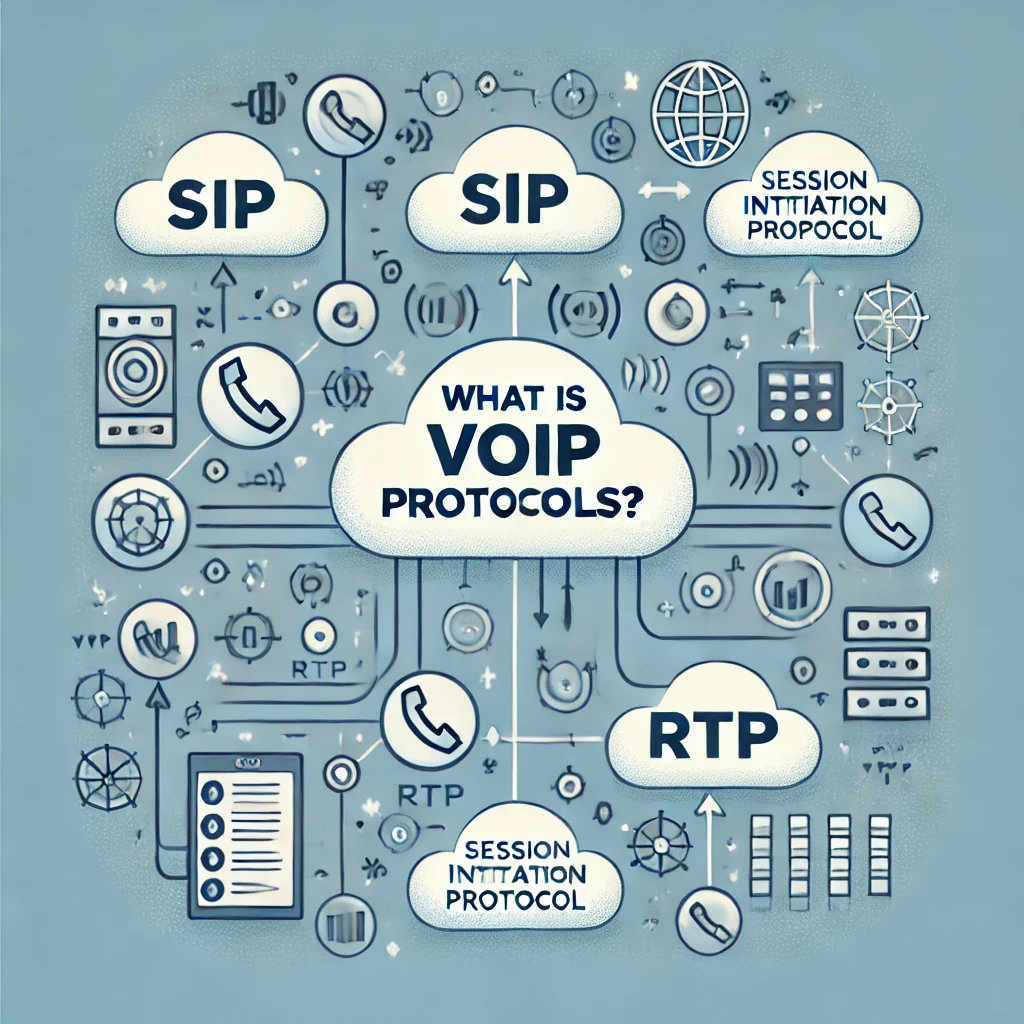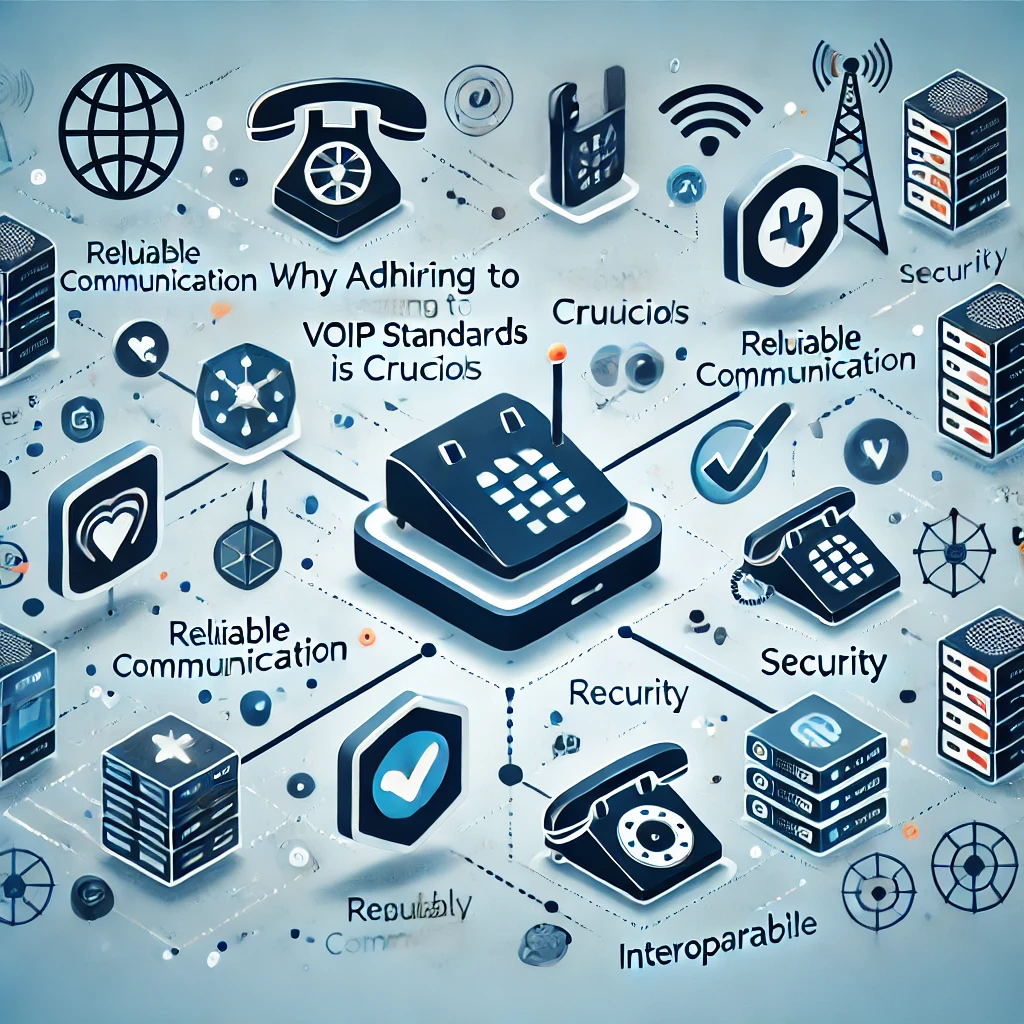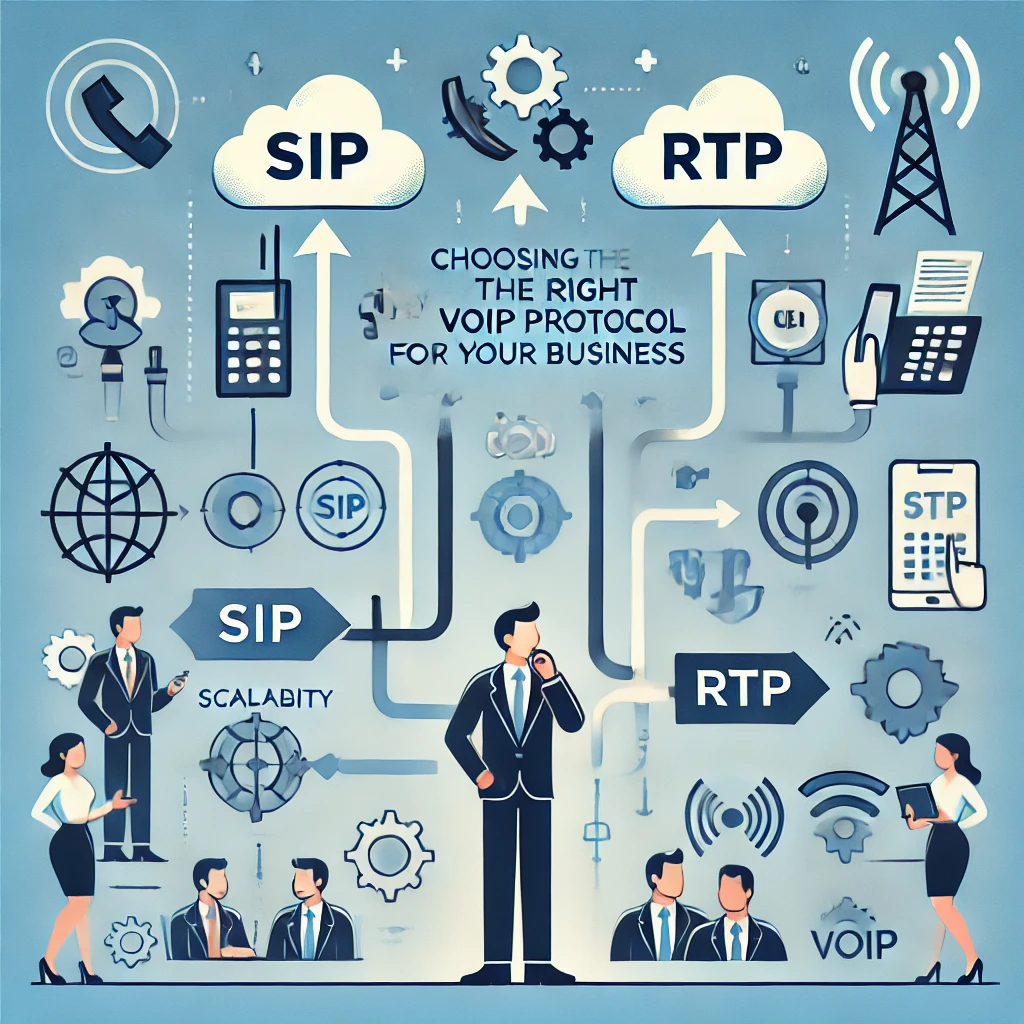VoIP Protocols and Standards: Blocks of Modern Communication
Key Takeaways
What Are VoIP Protocols?
VoIP Protocols and Standards serve as the backbone of internet-based communications, defining how data packets are transmitted, received, and decoded. Understanding these protocols is essential for businesses venturing into VoIP. Two widely used protocols are the SIP Protocol (Session Initiation Protocol) and the RTP Protocol (Real-Time Transport Protocol).
SIP Protocol is responsible for initiating, maintaining, and terminating voice sessions. It manages the signaling part, including call setup and teardown. RTP Protocol, on the other hand, handles the delivery of audio and video data streams. It ensures that packets are delivered in the correct sequence and in real-time, crucial for seamless communication.

Key Differences Between SIP and RTP Protocols
| Feature | SIP Protocol (Session Initiation Protocol) | RTP Protocol (Real-Time Transport Protocol) |
|---|---|---|
| Function | Call setup and signaling | Audio and video data transmission |
| Role | Manages sessions | Ensures real-time delivery |
| Flexibility | High for multimedia | Limited to transport |
| Common Use Cases | VoIP calls, video conferencing | Audio streaming, video calls |
Why Adhering to VoIP Standards Is Crucial
Businesses rely on VoIP Protocols and Standards standards to ensure seamless communication across different networks. Adhering to these standards promotes interoperability between devices and software. Some popular VoIP standards include H.323 and MGCP (Media Gateway Control Protocol).
H.323 is a comprehensive standard that covers voice, video, and data communications, ensuring broader compatibility. Meanwhile, MGCP is often used for call control between media gateways and controllers, enabling smoother voice connections in large deployments.
Adhering to VoIP standards for telecom providers helps avoid compatibility issues, improve call quality, and enhance overall system reliability.

Choosing the Right VoIP Protocol for Your Business
Selecting the right VoIP protocol depends on your business’s unique needs. Factors like scalability, call volume, and integration with existing systems play a critical role.
For instance, a call center might prioritize protocols offering robust call management features, while a small business might focus on simplicity and cost-effectiveness. SIP Protocol is versatile and widely adopted, making it a popular choice for many companies. However, RTP Protocol is indispensable when maintaining high-quality audio and video streams during calls.

Key Considerations:
- Compatibility: Ensure the protocol works across various devices and platforms.
- Ease of Implementation: Consider protocols with a clear setup and management process.
- Support and Documentation: Look for protocols backed by comprehensive resources and vendor support.
- Scalability: Choose protocols that can grow with your business needs.
Conclusion
Understanding VoIP protocols for businesses is crucial for smooth and efficient communication. By thoroughly comparing VoIP protocols and standards, you can effectively select solutions that best meet your operational needs. Protocols like SIP and RTP are, without a doubt, integral to ensuring effective VoIP systems. Moreover, adhering to VoIP standards for telecom providers guarantees that businesses can consistently maintain reliability and high call quality.
In conclusion, factors such as protocol flexibility, compatibility, and vendor support should strongly guide your decisions. With the right knowledge in place, businesses can seamlessly implement VoIP systems that deliver robust communication and long-term value.
FAQs
Q1: What is the difference between SIP and RTP in VoIP?
A: SIP is used for initiating and managing VoIP calls, focusing on session management. RTP deals with the transmission of audio and video data, ensuring real-time delivery.
Q2: Which VoIP protocol is best for small businesses?
A: SIP is often recommended due to its versatility and wide adoption. It offers a balance of features suitable for various business sizes.
Q3: Why are VoIP standards important?
A: Adhering to standards ensures compatibility between different VoIP systems, resulting in better call quality and fewer integration issues.
Q4: How do VoIP protocols impact call quality?
A: Protocols like RTP directly affect how smoothly audio and video data are delivered, impacting the clarity and stability of calls.
Q5: What should I consider when choosing VoIP protocols?
A: Consider factors like compatibility, scalability, and vendor support. Your business’s unique needs will determine the best protocol for your operations.